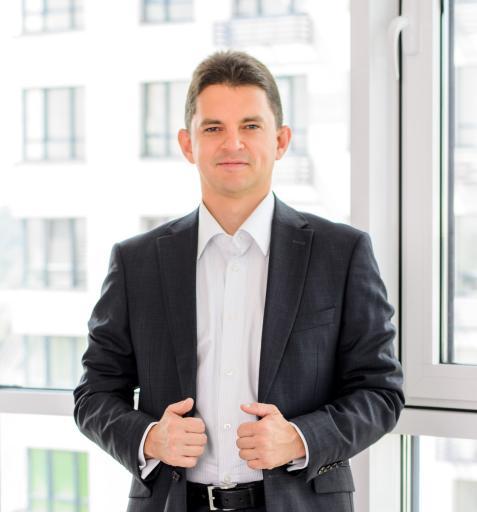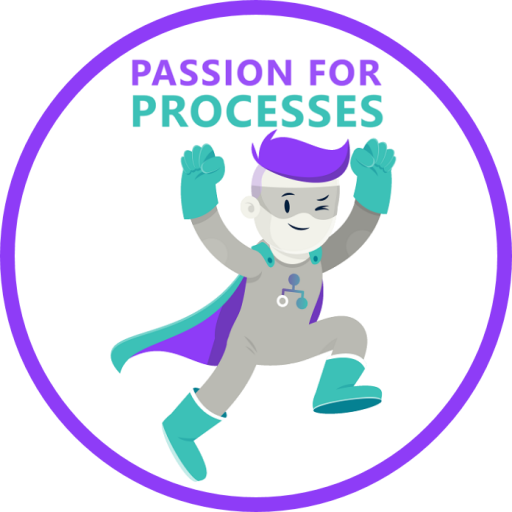A simulation is used for process analysis and process optimization. Based on process models and organizational structures, a simulation enables a comparison of actual and target processes in respect of practicability and efficiency. The focus can also be laid on costs, execution time or resource usage. This answers questions on throughput times, weak points, bottlenecks, resource requirements, etc.
During process analysis and optimization, you must check the effect of different configurations of processes and resources. Such configurations can be automatically created and simulated in a simulation experiment. The results are saved to be compared and evaluated later for process optimization.
In an experiment with factor variation, you can vary the attribute values for the objects included in the simulation. Depending on the configuration, many scenarios are created. In addition, you can activate the optimization to find the optimal configuration of processes and resources without having to simulate all kinds of possible scenarios. This reduces the time required for carrying out the experiment. The optimization becomes active only from 101 configurations.
The use case shows a simulation experiment for the improvement of resource allocations for the goods and replacement parts receipt for automobiles. The steps activation, configuration and start of the simulation experiment, as well as the analysis of the experiment results are displayed.
The goal of the experiment or the optimization is to find out, how many employees in each organization are needed, in order to achieve as short a throughput time as possible. This should garantee that the idle time remains as short a period as possible.
Let's start the simulation experiment.
In the first step of the wizard keep the default selection "Experiment with factor variation" and "New experiment". The database that the open model is saved in is automatically used for the experiment.
In the next step, the model that the experiment wizard was opened with is displayed You can include additional models from the same database in the experiment. If the "Models included" option has been specified in the general simulation options, models that meet the relevant prerequisites are also included in the simulation experiment, for example, if they have been assigned to or share objects with the models that were selected for the experiment.
Add the factors that should be varied under consideration of the experiment's goal. In our example, all of the organizational units are selected for the factor variation. Select the upper and lower limits for the factors, as well as the step width. The upper and lower limits are defined. Specify the models and objects for which results from the experiment should be saved. All organizational units are also selected in the example for the results.
Now decide which results should be saved for the model and the objects. In our example, the average throughput time for the model and the total idle time costs for the object are selected. The results to be saved are specified.
Do you remember what the goal of our experiment was? We wanted to find out how many employees in each organization were necessary in order to achieve as short a throughput time as possible while keeping the idles times as low as possible. Thus, the minimization of the target function is selected for the optimization.
Specify the weighting of the results in the target function. In our example, the target function consists of the average process throughput time and the costs from the organizational units for idle time. If a result has no influence on the target function enter zero or no value. The weighting is specified.
Specify the file name and storage location, activate the "Display experiment results" option and start the experiment.
The models are loaded and the simulation experiment is started. With the optimization, the simulation runs are reduced from a possible 150,000 to only 600. After the simulations have been run, the generated output file is automatically displayed.
The run, configuration and replication numbers are displayed in separate rows for each simulation run. The factor and response values used, as well as the value of the target function are also shown. By comparing objective values, you can identify the best configuration for your optimization objective and optimize your process using this data.
Evaluate the experiment results by sorting the table in ascending or descending order according to the "Objective" column or display the values graphically in a diagram. In our example, the best result from the 600 simulations runs is 2,758,508 units.
This value is achieved when 11 employees in the incoming goods department and 6 in quality assurance, as well as one in the accounting department, complaints department and the outgoing goods department are active.
You just saw how you can find the best possible configuration of processes and resources using simulation experiments with factor variation and optimization.






